
Haunted places in Amsterdam for Halloween lovers
18 September 2025
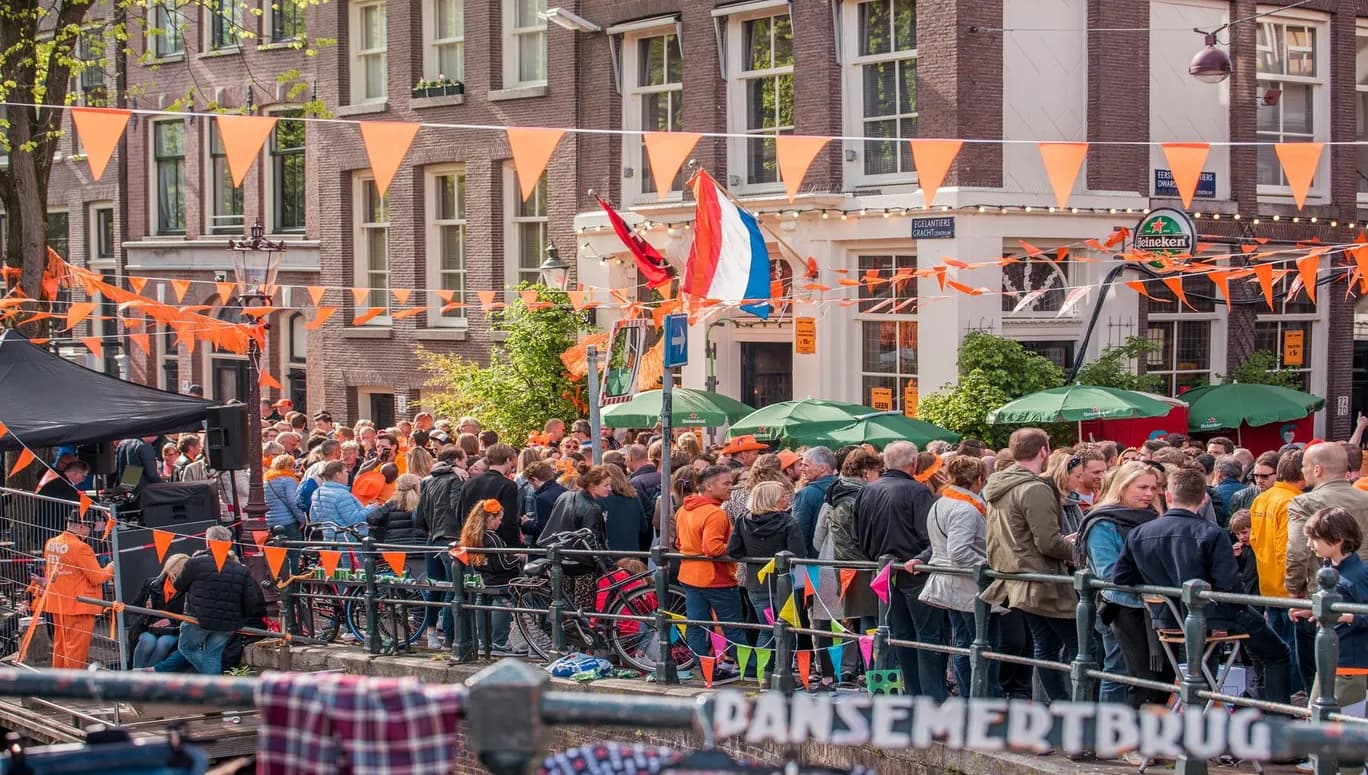
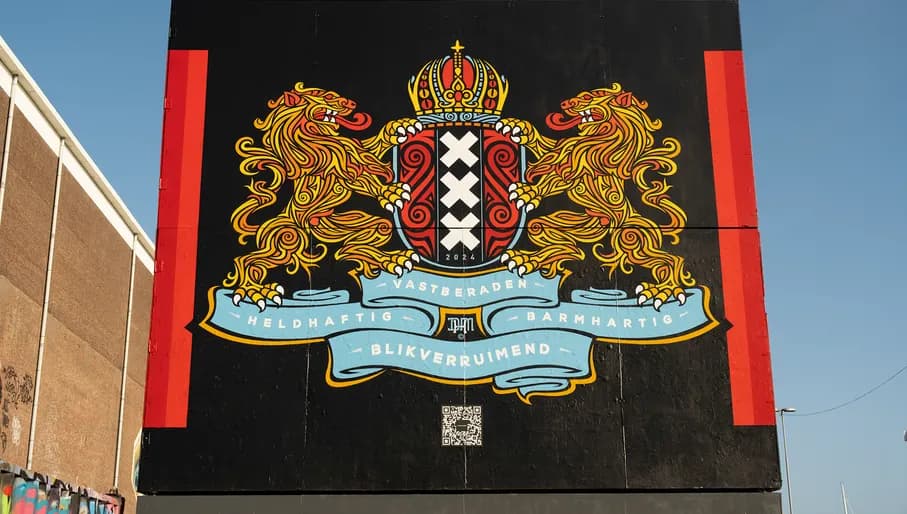
Amsterdam’s coat of arms is a pretty prevalent sight throughout the city. At its core is the 'XXX' symbol, which is actually three vertical St. Andrew’s Crosses, not (as some people assume) shorthand for the Red Light District. For the Amsterdam coat of arms, the three crosses are in white, atop a red shield with a black pale. St. Andrew was a fisherman martyred on an X-shaped cross in the 1st century AD. It is relevant to Amsterdam as the city’s symbol dates back to 1505 when it was a fishing town and all ships registered in Amsterdam flew this flag. In its most official form, the coat of arms is also decorated with the Imperial Crown of Austria and two golden lions.
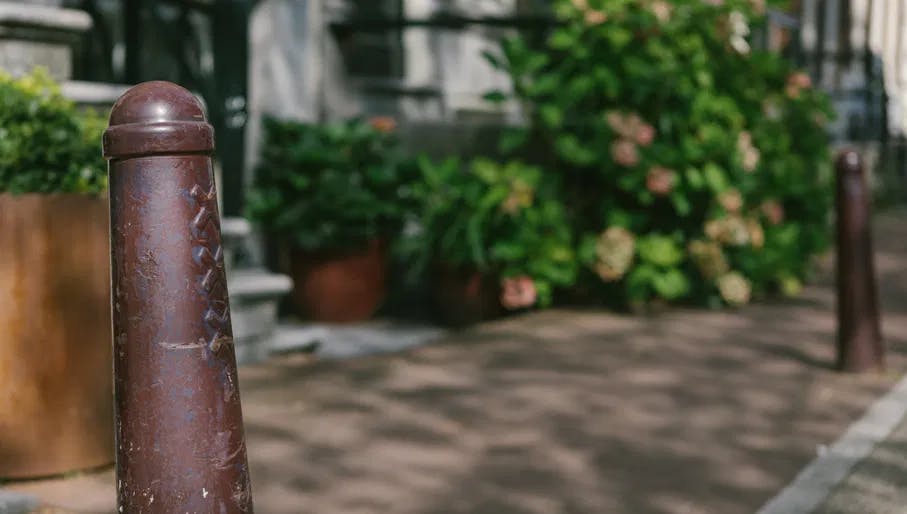
It's actually a complete coincidence that the St. Andrew's Crosses on Amsterdam’s 500-year-old coat of arms are also similar to the modern-day shorthand for Red Light District x-rated entertainment. Of course, this coincidence is also widely utilised by the producers of gimmicky city souvenirs, but it's a world away from the historical truth. As such, the 'XXX' symbol can be seen all over the city – on flags, buildings, manhole covers and even on the poles that stop cars from driving on the pavement (known locally as Amsterdammertjes). So have fun spotting them in weird and wonderful places as you explore the city.
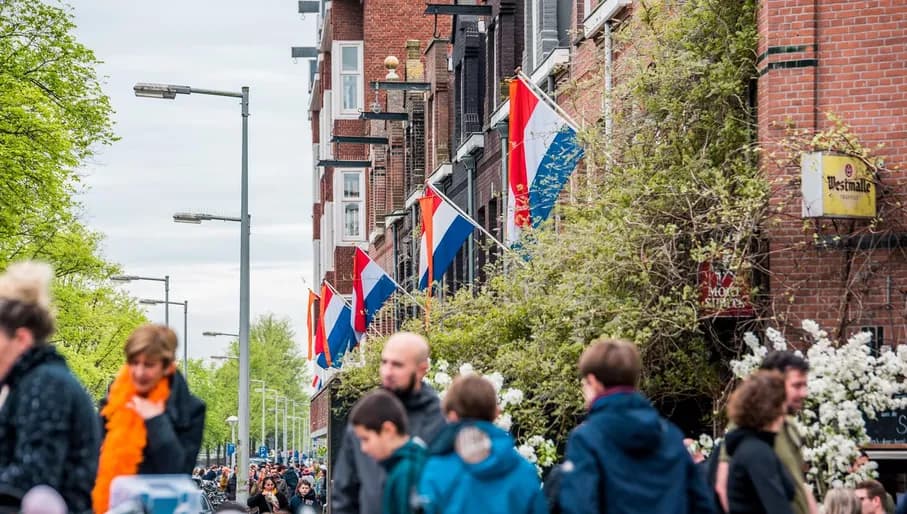
The Netherlands' flag is steeped in history and culture. The tricolour flag we know today went through a number of changes to get to its current state. Its origins can be traced back to the Prinsenvlag (Prince's Flag) – an orange-white-and-blue standard used by the Navy during the Dutch rebellion against the Spanish (the Dutch Revolt). This revolt catalysed the Eighty Years' War (1568-1648), which was led by Willem van Oranje; the Prinsenvlag was used until the war's end, at which point it was replaced by the red-white-and-blue Statenflag (States Flag). The current Dutch flag features a deeper blue shade and was introduced by royal decree in 1937.
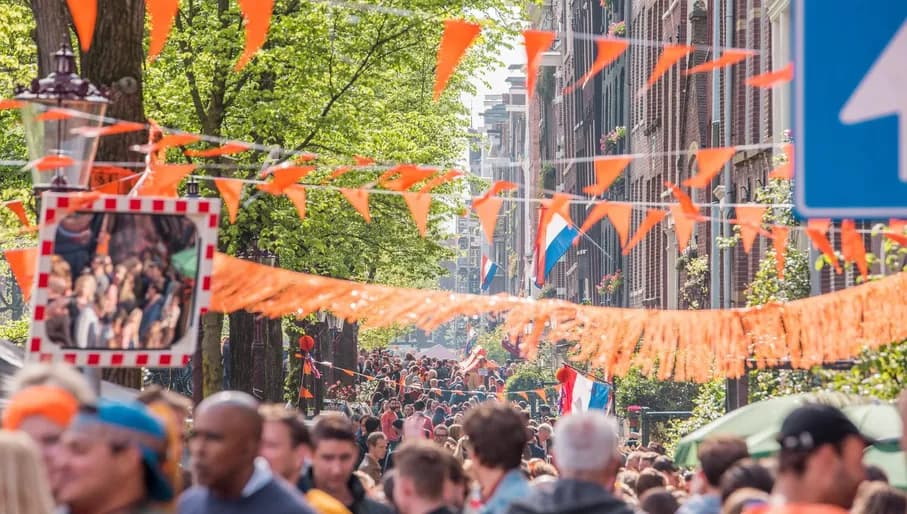
The colours of the Dutch national flag are red, white and blue, so it may seem strange that the Dutch flaunt their national pride with the colour orange so vehemently. The reason is that the Dutch Royal Family stems from the House of Oranje-Nassau, and the lineage of the current ruling family dates back to Willem van Oranje (William of Orange). On King's Day and royal birthdays, the Dutch tricolour flag is flown with an orange pennant above it. Even during the occupation in WWII, Dutch housewives often made a small show of resistance by hanging their wet washing outside in a particular pattern: something orange, something red, something white and something blue. Oranje is also the nickname of the Dutch national football team, and the colour is a fairly standard uniform across all sporting teams representing the Netherlands, from hockey to basketball.
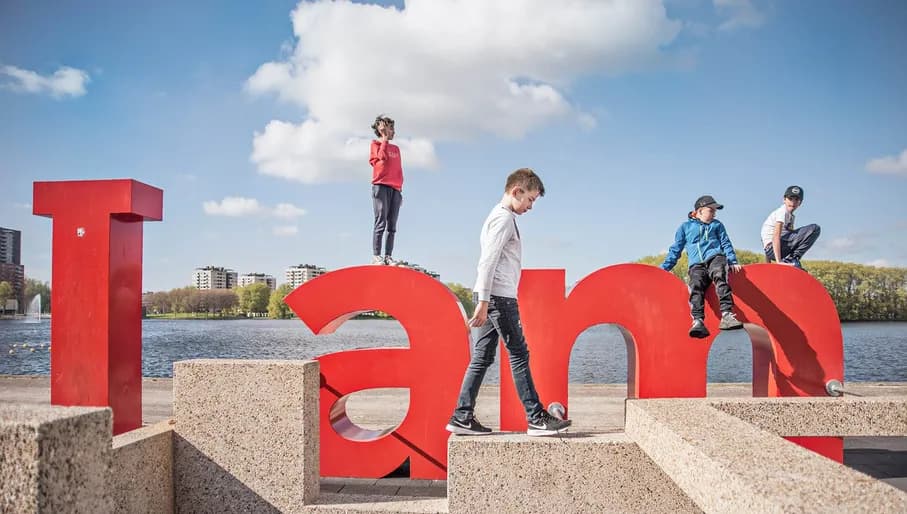
An introduction, a slogan and a physical icon: I amsterdam is the city's and its residents' collective catchphrase. When you arrive at Schiphol airport, be on the lookout for the I amsterdam motto, which is hard to miss at more than two metres tall and 23.5 metres wide. The massive set of letters has become a city icon and a much sought-after photo opportunity.
Before 3 December 2018, there was also a set of letters at Museumplein, which was very popular with visitors. These letters were removed at the request of the City of Amsterdam because they were drawing too big of a crowd to an already limited space. Now, they are again travelling Amsterdam and the surrounding region, putting lesser-known neighbourhoods, activities and attractions in the spotlight. Another set can be spotted in the neighbourhood of Nieuw West, designed as an outdoor free-running and parkour track.